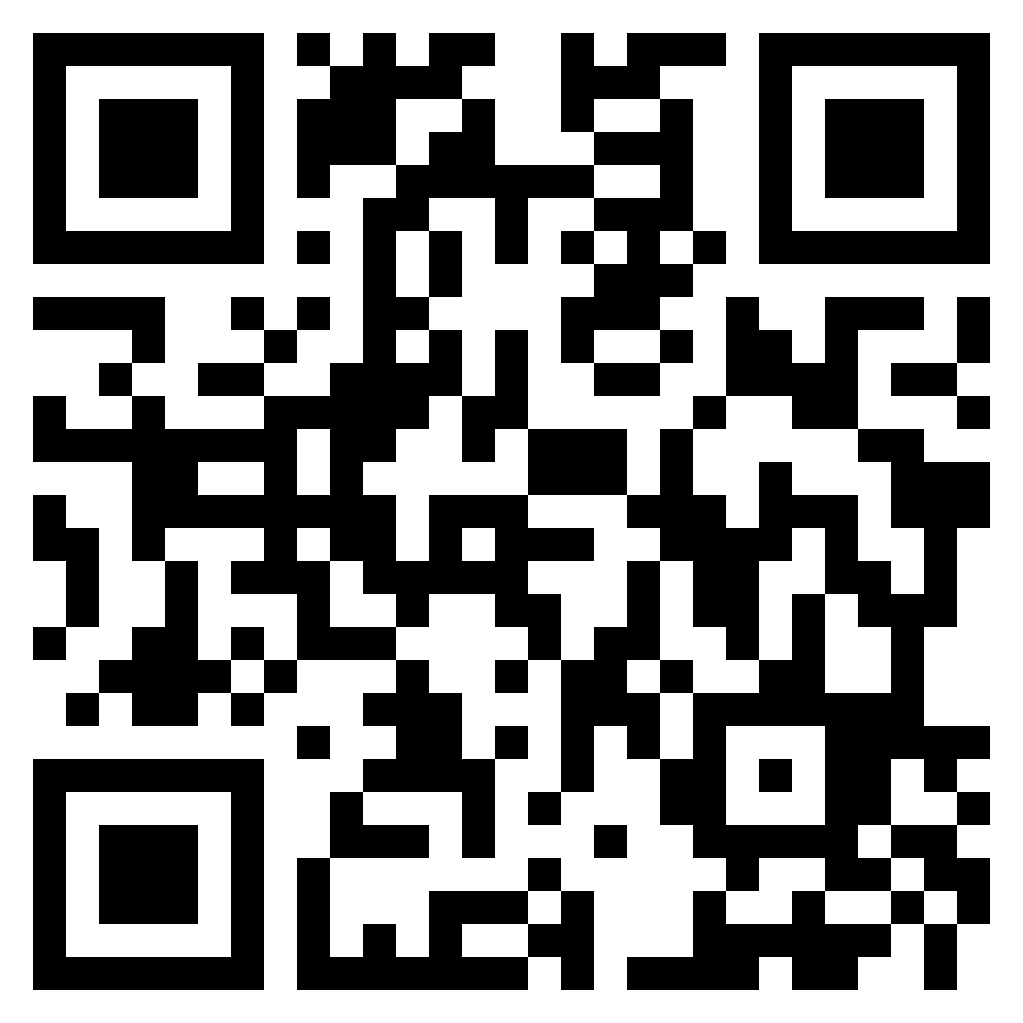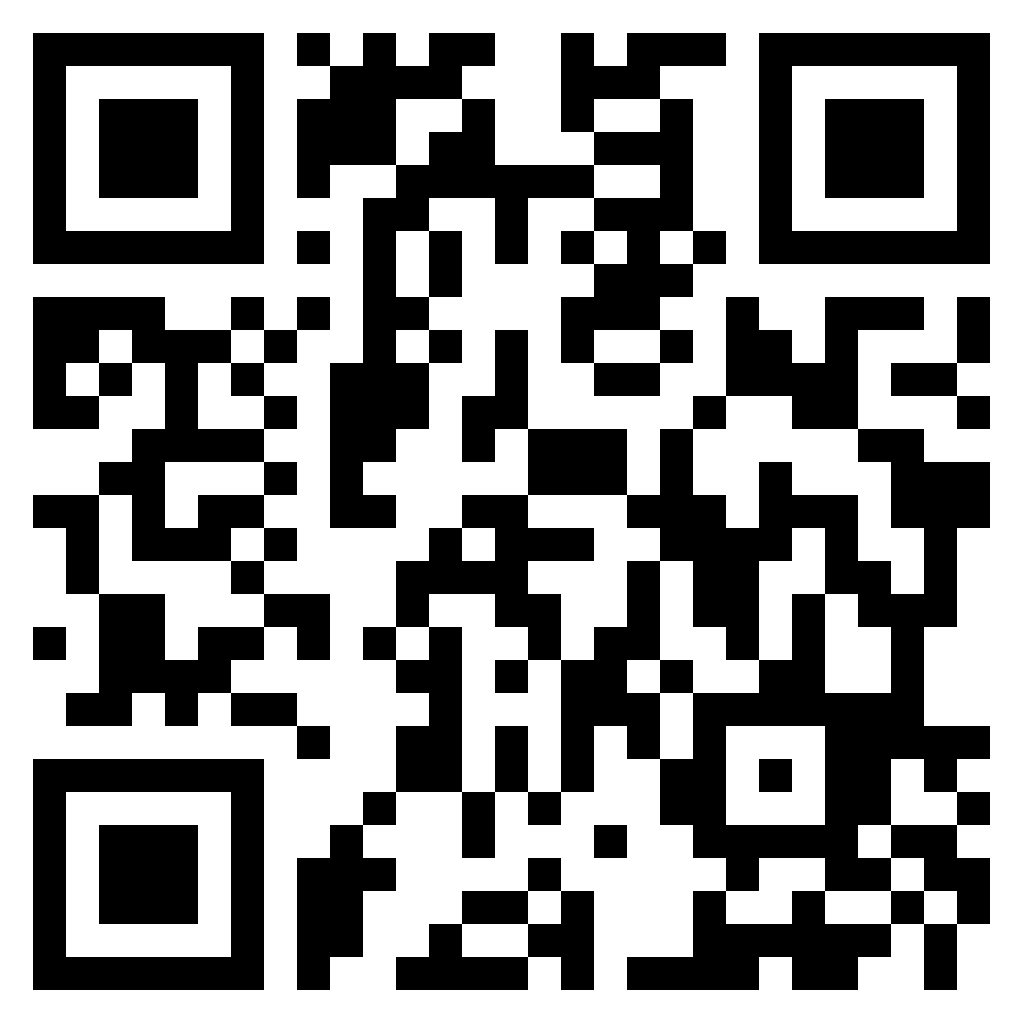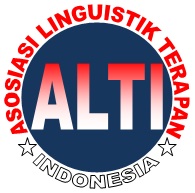The Changes and Innovation of Radio Media in the Digital Era
DOI:
https://doi.org/10.46961/mediasi.v1i2.37Keywords:
Innovation, Radio Media, Media Convergence, Tri-O,Abstract
References
Aprilani (2011). Radio Internet dalam Perspektif Determinisme Teknologi. Jurnal Komunikasi. Vol.1(2), 159-170.
Ardianto, E. et al (2017). Komunikasi Massa – Suatu
Pengantar Edisi Revisi. Bandung: Simbiosa Rekatama Media.
Baxter, Leslie A and Babbie, Earl (2004). The Basics of Communication Research. Wadsworth – Thomson Learning, USA
Campbell, Lewis and Garnett, William (1997). The Life of James Clerk Maxwell. London: Macmillan and Co.
Cangara, Hafied (2006). Pengantar Ilmu Komunikasi. Jakarta: PT. Raja Grafindo. Daymon, Christine and Holloway, Immy. (2011). Qualitative Research Methods in Public
Relations and Marketing Communications. 2nd Ed. New York:Routledge.
Fauziahardiyani. (2009). Komunikasi dan Media Massa. Bandung: PT Remaja Rosdakarya. Ido Prijana (2011). Pengguna Media Interaktif Sebagai Kenyataan Maya: Studi Resepsi
Khalayak Suarasurabaya.net Sebagai Media Interaktif. Jurnal ASPIKOM. Vol. 1(3),231-244
Kotler, Philip; Kartajaya, Hermawan; Setiawan, Iwan. (2010). Marketing 3.0: From Products to Customer to The Human Spirit. New Jersey: John Wiley & Sons Inc.
Kotler, Philip and Kartajaya, Hermawan (2010). Marketing 3.0: Values-Driven Marketing. Kellog School of Management. Jakarta: MarkPlus Inc.
Kurnia, Eddy (2013), Customer is Change: Eksplorasi Perilaku Pelanggan di Tengah Gaya Hidup Digital. Jakarta: Buku Republika.
Lawrence, Ben. (2017 February, 17). People say radio is dead. Actually, radio as content is
exploding http://musically.com/2017/02/23/radio-dead-content-exploding/ diakses pada 8 Oktober 2017 pukul 23.36 WIB.
Mayo, Charles M. (2017). Integrated Marketing Communication.
http://www.referenceforbusiness.com/management/Log-Mar/MarketingCommunication.html. diakses pada 6 Agustus 2017, pukul 06.47 WIB.
McQuail, Dennis (2010), McQuail’s Mass Communication Theory, 6th Ed. London: Sage Publication.
McCurdy, Bob (2017, July 4). Radio is Not Dead. Here’s Why.
https://radioink.com/2017/07/04/true-grit/ diakses pada 8 Oktober 2017 pukul 23.33 WIB.
McIntyre, Hugh. (2015 Agust, 13) No, Radio Isn't Dead – In Fact, It's Doing Better Than Ever.
https://www.forbes.com/sites/hughmcintyre/2015/08/13/no-radio-isnt-dead-in-fact-its-doing-better-than-ever/#3a38508d4b59. diakses pada 8 Oktober
, pukul 23.30 WIB.
Miller, Larry S (2017). Paradigm Shift: Why Radio Must Adapt to the Rise of Digital. Musonomics Reports. Steinhardt Music Business Program. New York: New York University. Neuman, W.
Lawrence. (2014). Social Research Methods: Qualitative and Quantitative
Approaches, 7th Ed. England: Pearson Education Limited.
Nurudin, M.Si. (2007). Pengantar Komunikasi Massa. Jakarta: PT Raja Grafindo Persada.
Pathak, Shareen (2014 September, 18). Why radio is not dead, in 5 charts. https://digiday.com/marketing/radio-not-dead/ diakses pada 7 Oktober 2017 pukul 13.50 WIB.
Rogers, Everett, M. (2003). Diffusions of Innovations; 5th Ed. New York: Simon & Schuster Publisher.
Romli, Asep Syamsul (2009). Dasar-Dasar Siaran Radio. Bandung: Nuansa Cendekia.
Schultz, Don E, Schultz, Heidi (2004). IMC – The Next Generation: Five Steps for Delivering Value and Measuring Financial Return. New York: McGraw-Hill
Schultz, Don E. (2010). New, Newer, Newest: Evolving Stages of IMC. Journal of Integrated Marketing Communications. JIMC 2010, 14-21
Senne, Matt (2017 May, 10). Is Radio Dead in 2017? http://blog.leightonbroadcasting.com/
blog/is-radio-dead-in-2017 diakses pada 8 Oktober 2017 pukul 23.39 WIB.
Straubhaar, Joseph, LaRose, Robert, and Davenport, Lucinda (2010). Media Now: Understanding Media, Culture and Technology; 7th Ed. Boston: Cengage Learning.
Turner, West. (2007). Introducing Communication Theory (Analysis and Application) 3rd Ed. New York: McGraw Hill.
Downloads
Published
How to Cite
Issue
Section
Citation Check
License
You are free to:
- Share — copy and redistribute the material in any medium or format
- Adapt — remix, transform, and build upon the material
- The licensor cannot revoke these freedoms as long as you follow the license terms.
Under the following terms: Attribution; NonCommercial; and no additional restrictions.















